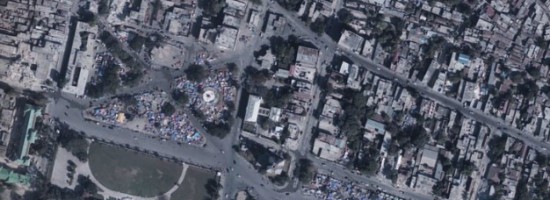- Home
- About
- Topics
- 3D imaging
- Aerial photography
- Bathymetry
- Building Information Modeling (BIM)
- CAD
- Energy
- Cadaster
- Environment
- Geodesy
- GIS
- LiDAR
- Mapping
- Navigation
- Open source software
- Other
- Photogrammetry
- Precision agriculture
- Radar
- Remote sensing
- Satellite imaging
- Satellite navigation
- Seismology
- Sensors
- Surveying
- UAS
- Tracking
- Magazines
- Formats
- All
- Clients
- Tips
- Contact Us
Rapid Response Mapping at Sanborn: Mapping Against the Clock

Early one morning in December 2005, the Taum Sauk Hydroelectric Plant Upper Reservoir, in the Missouri Ozarks, failed catastrophically, releasing more than a billion gallons of water in less than a half hour. The spill generated a 20-foot crest of water that raced down the east fork of the Black River, creating widespread environmental damage along its path. In the Fall of 2007, more than a dozen fast-moving wildfires roared across the hills of San Diego County, California. Driven by gale-force winds, they burned out of control across the drought-stricken southern half of the state, quickly charring about 200,000 acres and forcing the evacuation of a quarter million people.
Disasters like these require immediate response tosave lives and property, provide aid to affected residents, identify access routes, survey damage to infrastructure and property, and provide situational awareness. Airborne rapid response mapping that can provide decision-ready digital orthoimages within hours of an event is an essential tool for first responders, emergency managers, and local authorities to coordinate tactical missions and relief efforts. The key is to shorten in-field data collection and processing times to generate map products, while maintaining high standards for resolution and positional accuracy.
